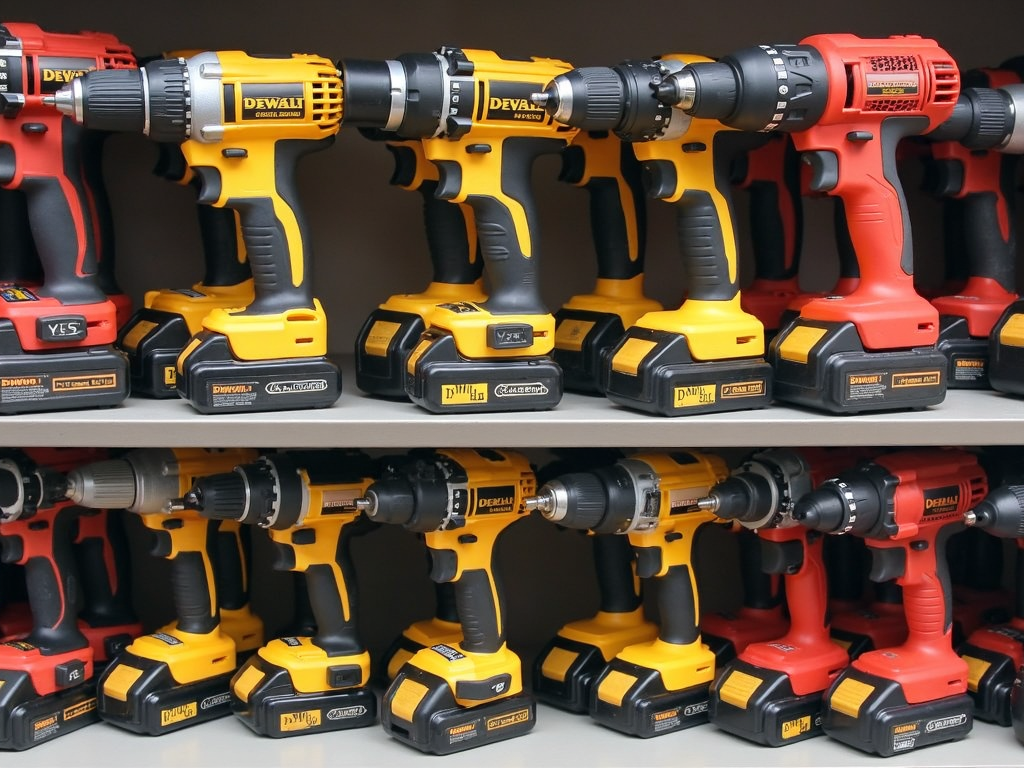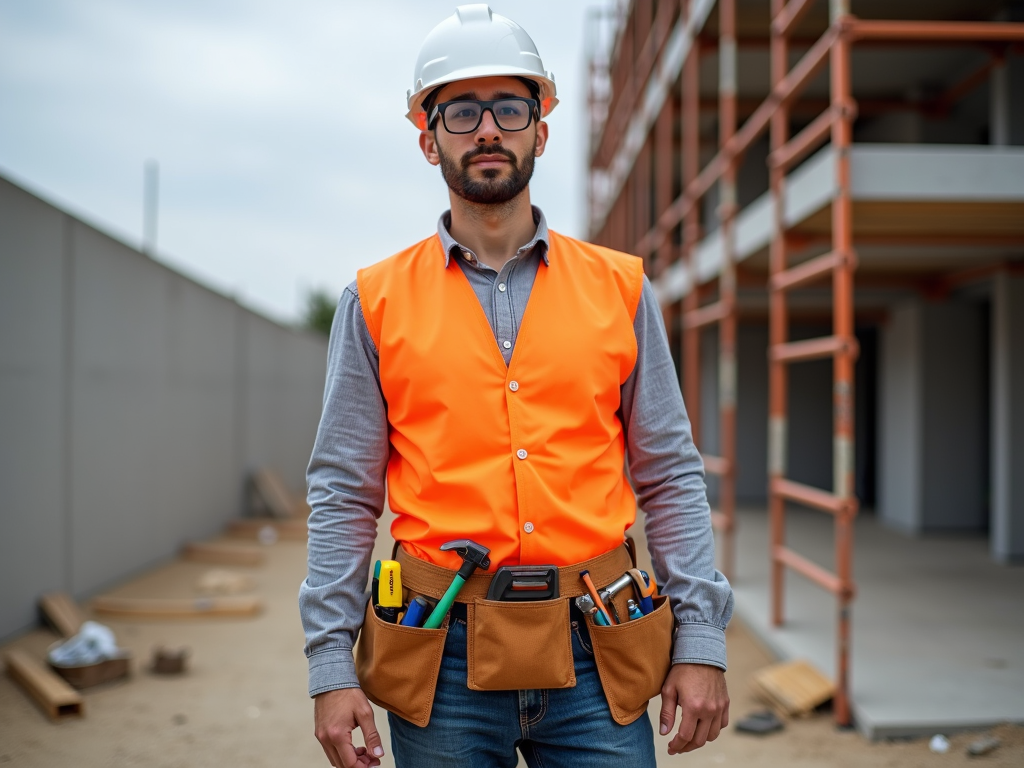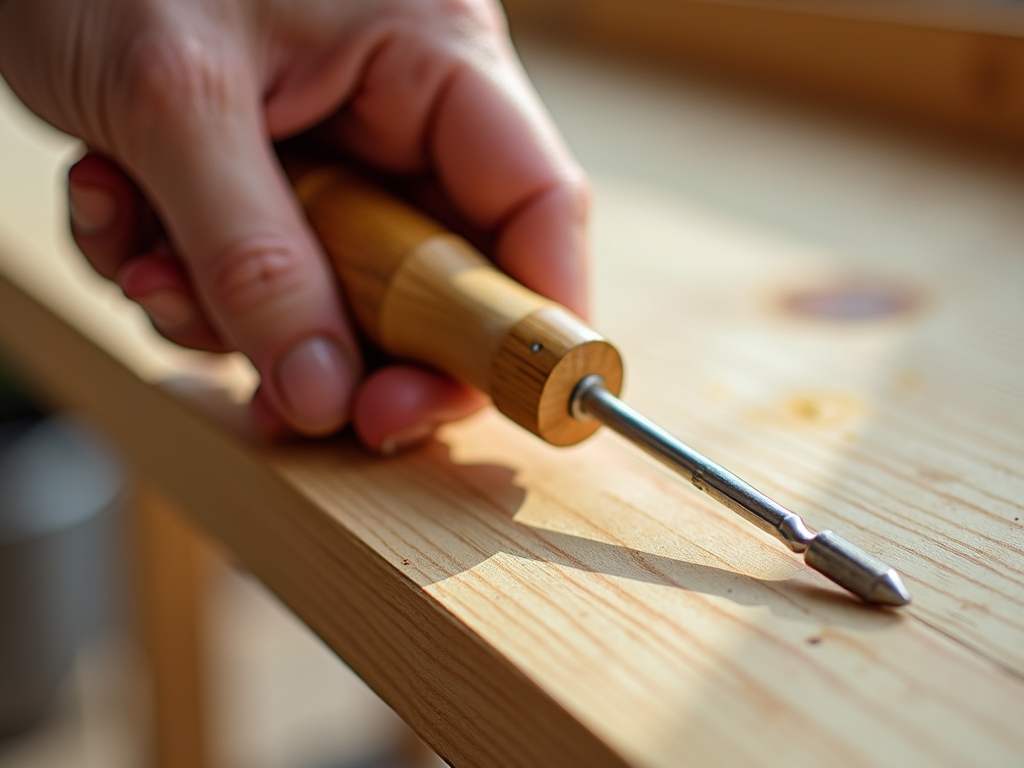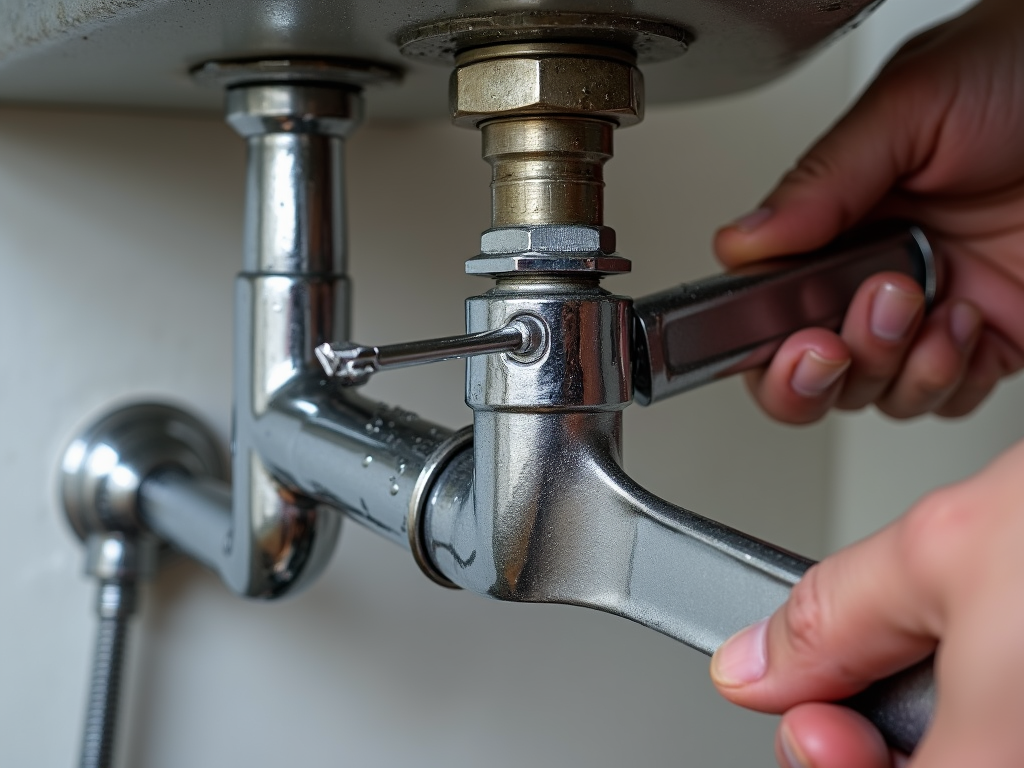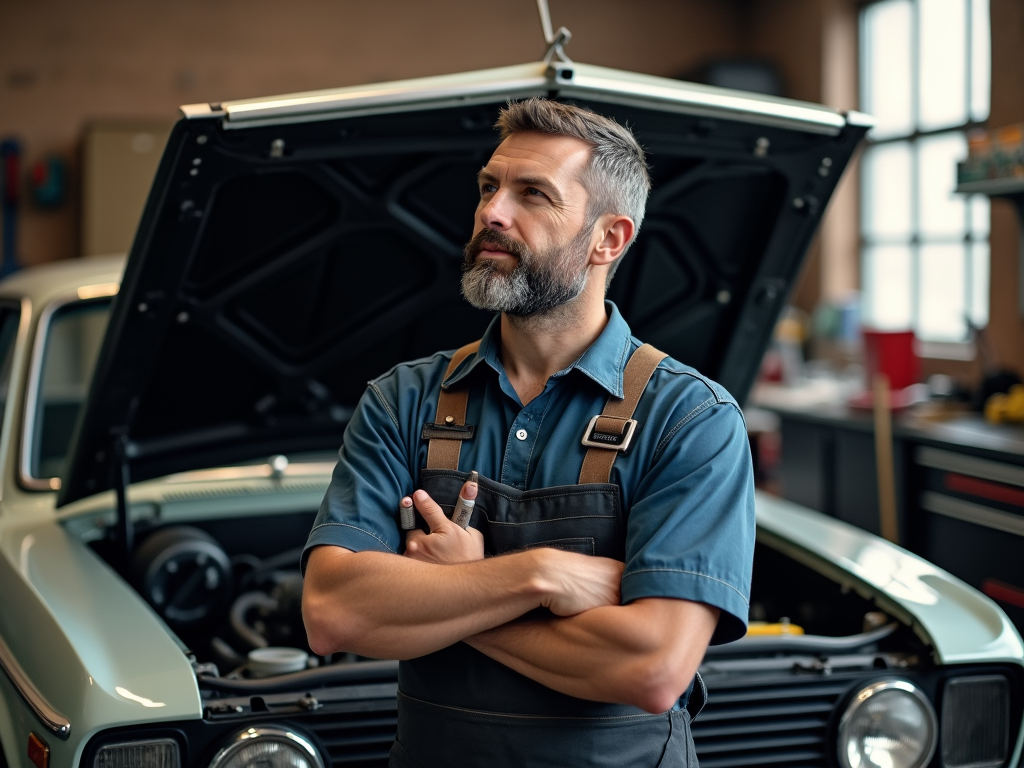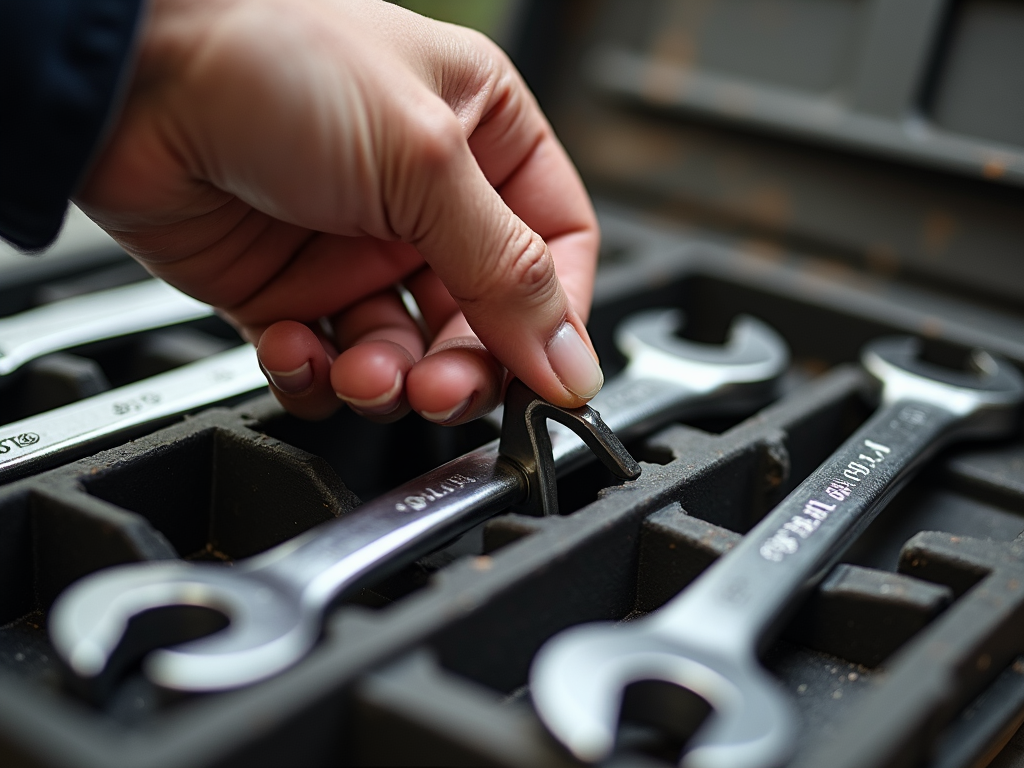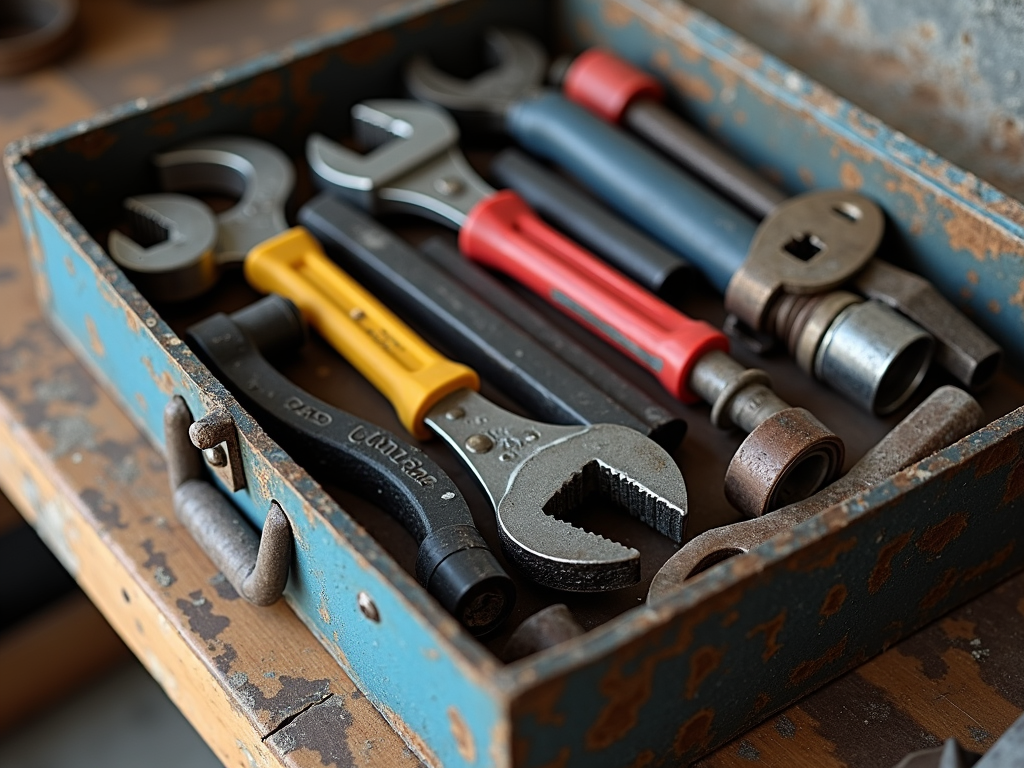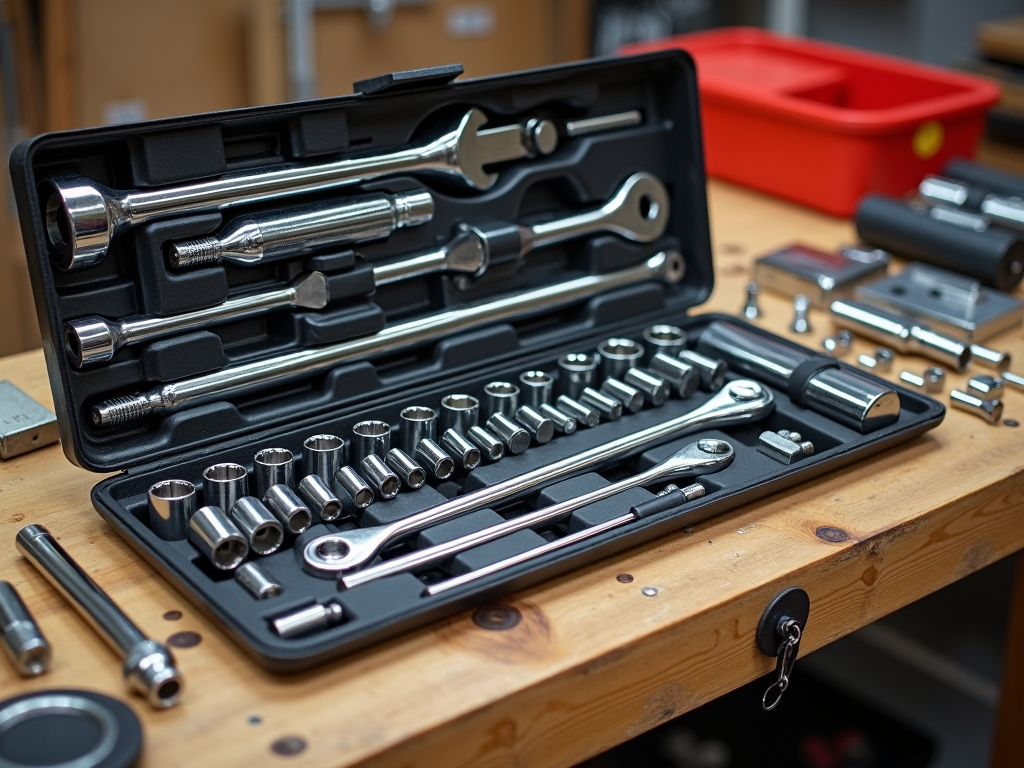Power tools are incredibly useful for DIY projects and professional work, but they can also be dangerous if not used properly. According to the Consumer Product Safety Commission, power tools cause thousands of injuries each year, many of which could be prevented with the right safety gear and precautions. In this article, we'll explore the essential safety gear for power tool users and provide power tools safety guidelines to help you stay safe while working with tools like power drills and other power tools.
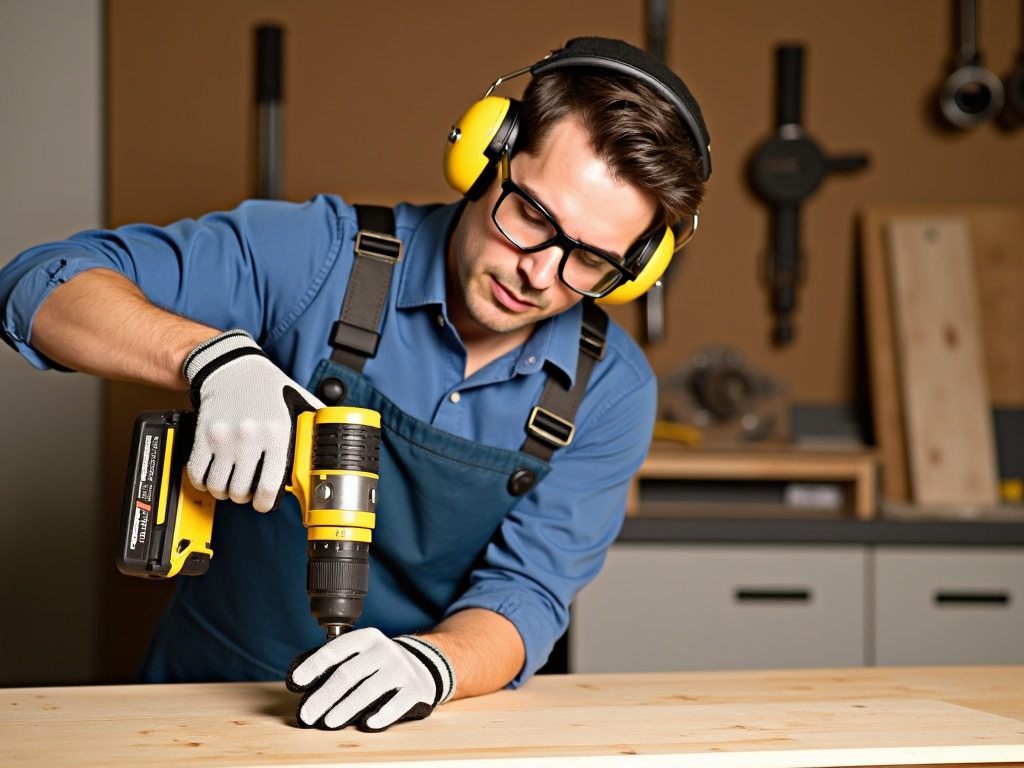
Why Safety Gear is Crucial
When you're working with power tools, you're dealing with high speeds, sharp blades, and potential flying debris. Without proper protection, you risk serious injuries like eye damage, hearing loss, cuts, and more. Safety gear acts as a barrier between you and these hazards, significantly reducing the risk of injury. It's not just about following rules; it's about protecting yourself and ensuring you can continue to enjoy your projects safely.
Essential Safety Gear for Power Tool Users
- Safety Glasses or Goggles
-
Your eyes are incredibly vulnerable when using power tools. Flying debris, wood chips, or metal shavings can cause serious eye injuries. Safety glasses or goggles provide a protective shield, keeping your eyes safe from harm. Look for glasses that are impact-resistant and fit snugly on your face.
-
Hearing Protection
-
Power tools can be extremely loud, and prolonged exposure to high noise levels can lead to permanent hearing loss. Earplugs or earmuffs are essential for protecting your hearing. Choose hearing protection that is comfortable and rated for the noise level of your tools.
-
Dust Masks or Respirators
-
Many power tools generate dust and fine particles that can be harmful if inhaled. A dust mask or respirator can protect your lungs from these irritants. For heavy-duty work, consider a respirator with a filter designed for fine particles.
-
Gloves
-
While gloves can protect your hands from cuts and abrasions, it's important to choose the right type. Avoid loose-fitting gloves that could get caught in moving parts. Instead, opt for snug-fitting, durable gloves that provide protection without compromising dexterity.
-
Protective Clothing
-
Wearing the right clothing can prevent injuries from flying debris or accidental contact with tools. Long sleeves and pants made from durable materials can protect your skin. Avoid loose clothing that could get caught in machinery.
-
Steel-Toed Boots
-
In a workshop, heavy objects can fall or roll onto your feet. Steel-toed boots provide essential protection for your toes and feet. They also offer better traction and support on slippery or uneven surfaces.
-
Hard Hats
- If you're working in an environment where there's a risk of falling objects, a hard hat is crucial. This is especially important in construction settings or when working under structures.
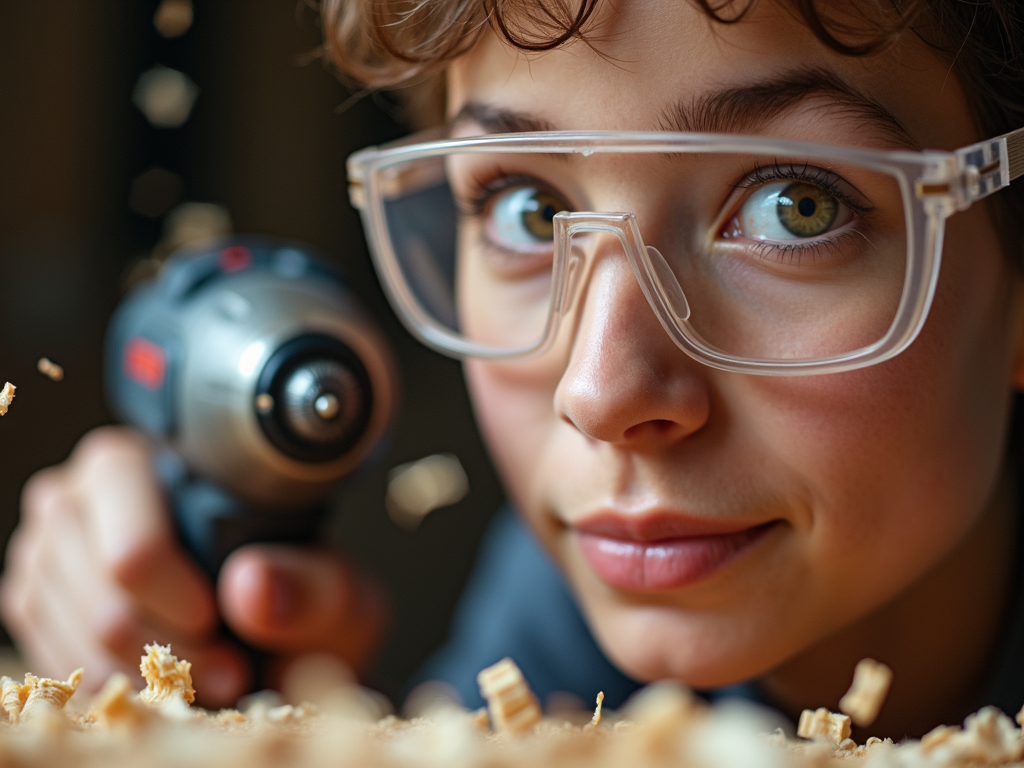
Personal Anecdote: The Day Safety Glasses Saved My Sight
I remember a time when I was drilling into a piece of metal, and a shard flew off unexpectedly. It hit my safety glasses with a loud 'ping,' leaving a scratch on the lens. If I hadn't been wearing them, that shard could have seriously injured my eye. That experience reinforced the importance of always wearing safety gear, no matter how small the task.
Hearing Protection: Don't Underestimate the Noise
Power tools like circular saws, angle grinders, and even some drills can produce noise levels above 85 decibels, which is the threshold for potential hearing damage. Over time, repeated exposure can lead to tinnitus or hearing loss. I always keep a pair of earplugs in my toolbox and use them whenever I'm working with loud tools. It's a small step that can make a big difference in the long run.

Dust Masks and Respirators: Breathing Easy
When I first started woodworking, I didn't think much about the dust. But after a few projects, I noticed I was coughing more and feeling congested. That's when I started using a dust mask, and it made a world of difference. For more intense work, like sanding or cutting materials that produce fine particles, a respirator is even better. It filters out smaller particles and keeps your lungs healthy.
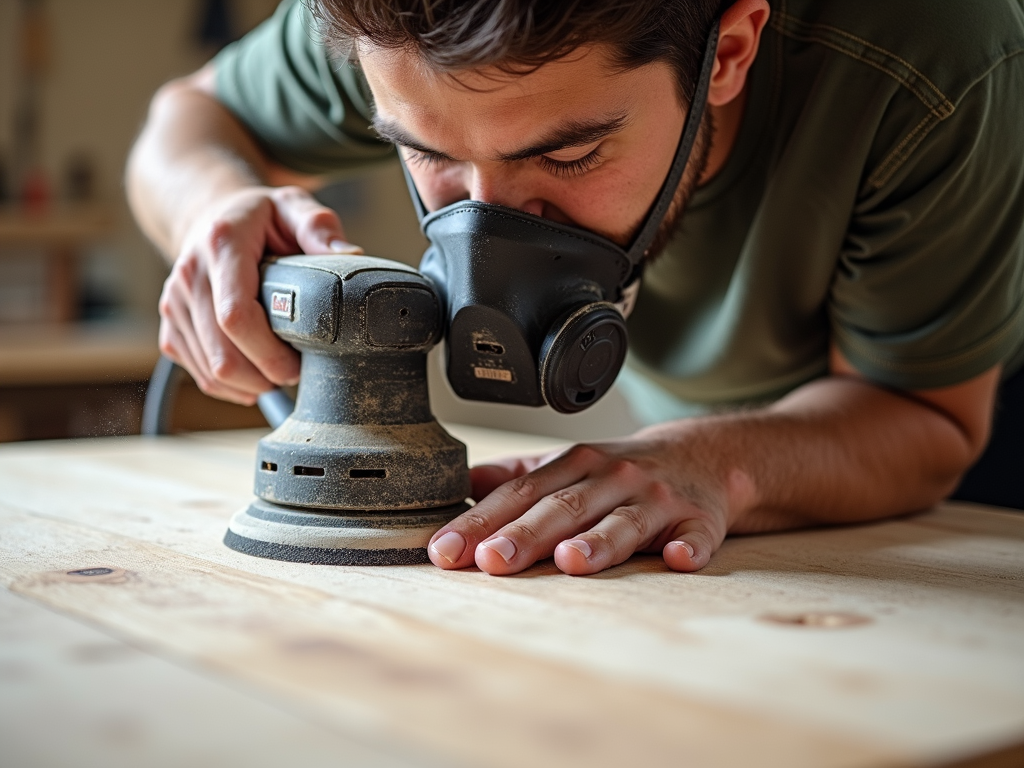
Gloves and Protective Clothing: Shielding Your Skin
Choosing the right gloves is important. I once wore a pair of loose gloves while using a drill, and the fabric got caught in the bit, nearly pulling my hand into the tool. Now, I use tight-fitting, cut-resistant gloves that allow me to handle tools safely. Similarly, wearing long sleeves and pants protects my arms and legs from scratches and cuts. It's all about finding the balance between protection and mobility.
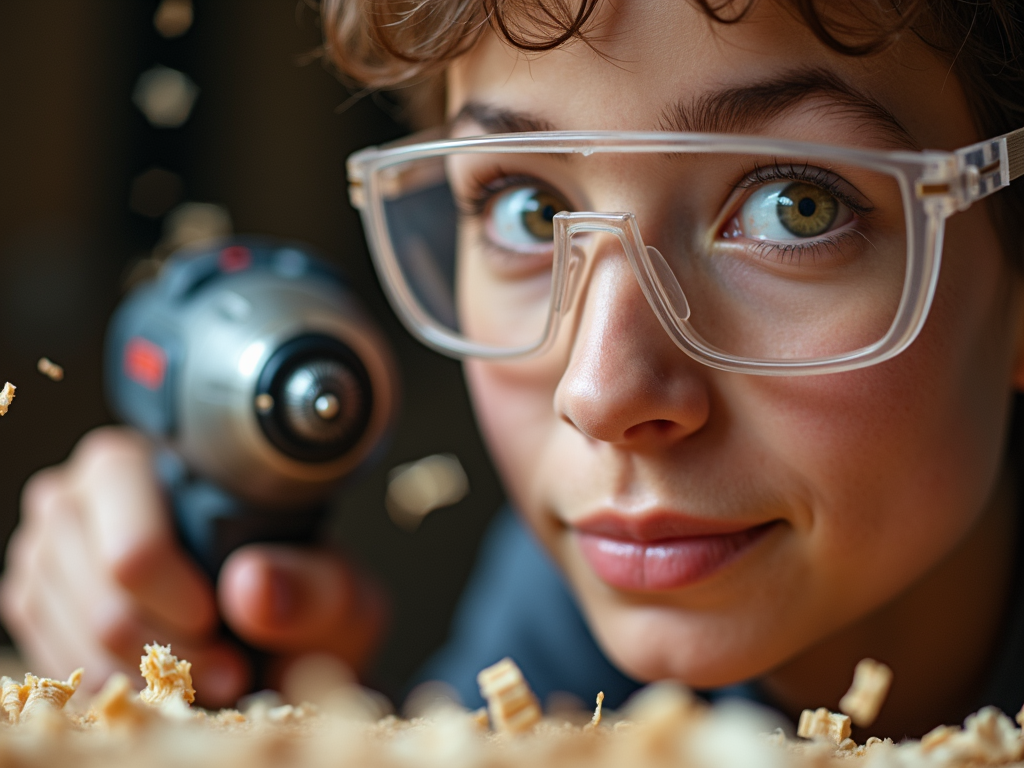
Steel-Toed Boots and Hard Hats: Extra Protection
In my workshop, I have heavy tools and materials that could easily injure my feet if dropped. Steel-toed boots have saved me more than once when I've accidentally dropped something. And while I don't often need a hard hat in my home workshop, I always wear one when working on construction sites or in areas where there's overhead work. It's better to be safe than sorry.
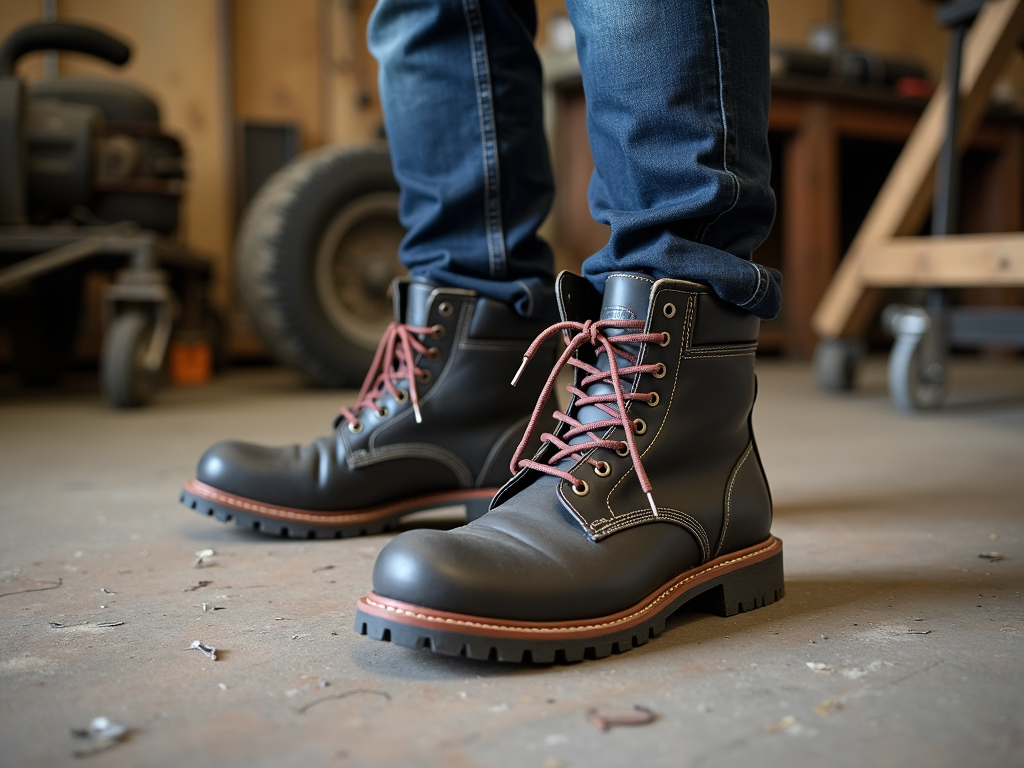
General Safety Guidelines for Using Power Tools
In addition to wearing the right safety gear, following these guidelines can help prevent accidents:
- Read the User Manual: Always familiarize yourself with the tool's operation and safety features.
- Inspect Tools Before Use: Check for any damage or wear that could affect performance.
- Use the Right Tool for the Job: Don't force a tool to do something it's not designed for.
- Keep the Work Area Clean: A clutter-free space reduces the risk of trips and falls.
- Avoid Distractions: Focus on the task at hand to prevent mistakes.
- Use Tools in Well-Lit Areas: Good lighting helps you see what you're doing clearly.
- Disconnect Power When Not in Use: Unplug tools or remove batteries to prevent accidental startups.
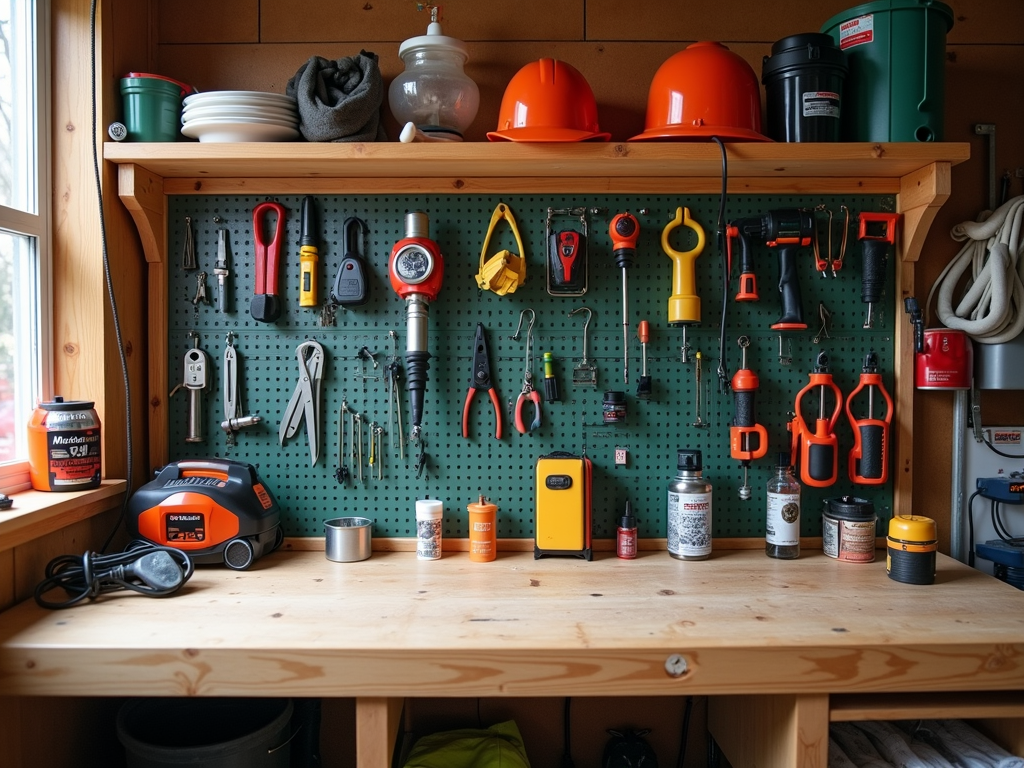
Conclusion
Using power tools can be safe and enjoyable when you take the proper precautions. By wearing essential safety gear like safety glasses, hearing protection, dust masks, gloves, protective clothing, steel-toed boots, and hard hats when necessary, you can protect yourself from common hazards. Additionally, following general safety guidelines ensures that you use your tools correctly and maintain a safe working environment. Remember, safety isn't just a checklist; it's a mindset that keeps you and those around you safe.
Related Essential Safety Gear for Power Tool Users:
- How to Choose the Right Power Drill for Your Project
- A Comprehensive Guide to Workwear and Safety Gear
- Top 10 Sustainable Hand Tools in 2024
- Top 10 Plumbing Tools Every DIYer Should Own
- Mastering Power Tool Maintenance: Keep Your Tools Running Like New
- Safety Tips for Using Power Tools: The Ultimate Guide to Cordless Drill Care
- The Difference Between Automotive and Manual Tools
- Choosing the Right Wrench for Your Projects: A Comprehensive Guide
- A Simple Guide to Your Home’s Electrical Setup
- Beginner’s Guide to Woodworking: Essential Tools, Safety Tips, and Simple Projects
- Essential Workman Tools for Plumbing Projects: A Comprehensive Guide
- How to Choose the Right Socket Set
